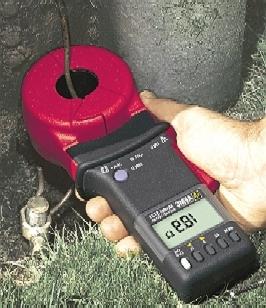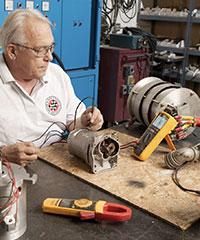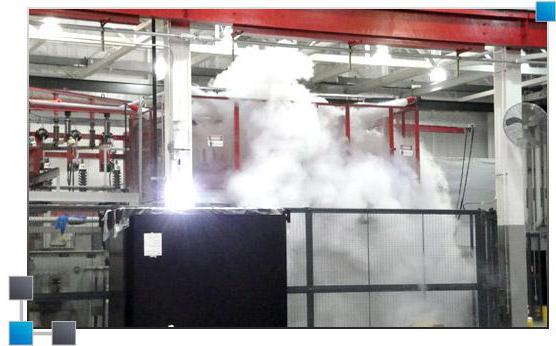Measurement of the earth resistance is a necessary condition for the stable operation of the electrical installation

There are several different methods of implementationmeasurements of ground resistance, applied by a specialist, depending on several factors, such as the nature and conditions of the measurement, the values of the resistances to be measured, the relative accuracy and speed of measurements.
Measurement of the ground resistance is made to examine its condition. The process of taking measurements is carried out in several stages:
- The visible part of the grounding is viewed, namely: checking the ground loop, the reliability of connecting the grounding devices to the electrical network. Carefully examine the place of connection of wires and grounding details. Cracks are not allowed on the weld joints and loosening of the fastening bolts, and the conformity of the grounding to the installation rules is checked.

- Preparatory work for the conduct of themeasurement. These include the creation of an artificial current circuit, for which no less than 40 meters from the grounding device is installed an auxiliary earthing device, connected by a wire to a measuring device. The second electrode, called the potential electrode, is installed similarly to the auxiliary electrode in not less than 20 meters, and also by means of a wire is connected to the measuring device.
- The final step is to measureResistance of grounding devices, for which the wire is connected to a measuring device and a grounding conductor, and then the resistance of the circuit is directly measured.

It is noted that only in dry weather withminimum air humidity, soils have the highest resistivity, and that is why it is recommended to use such weather conditions when planning a measurement of ground resistance. Of course, such work is carried out in any weather and at different times of the year, for which there are regulatory seasonal coefficients that take into account the weather factor in calculating the resistance. If we talk about the timing of their conduct, then an annual check of resistance to earthing electrical installations, and after performing repair work or reconstruction of grounding.
Specialists who have received special training, know how to check the grounding and have the appropriate electrical safety approval are involved in these works.






